| Structure | Name/CAS No. | Articles |
|---|---|---|
 |
Acetylcysteine(N-acetylcysteine)
CAS:616-91-1 |
|
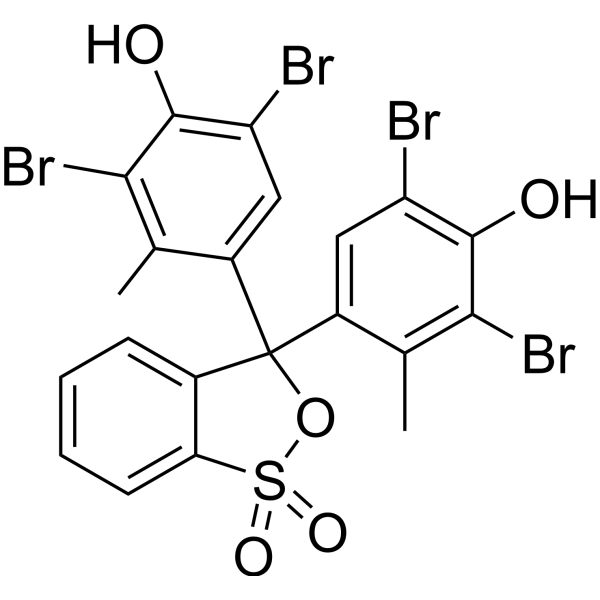 |
Bromocresol Green
CAS:76-60-8 |
|
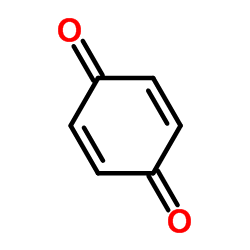 |
1,4-Benzoquinone
CAS:106-51-4 |
|
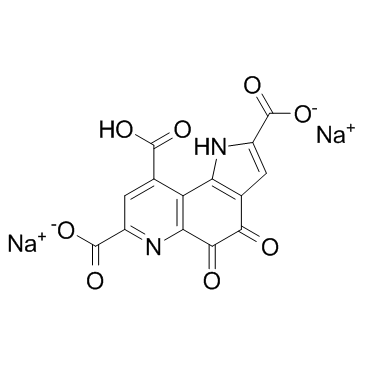 |
Pyrroloquinolinequinone disodium salt
CAS:122628-50-6 |
|
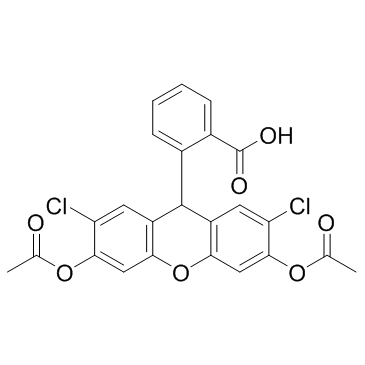 |
H2DCFDA
CAS:4091-99-0 |
|
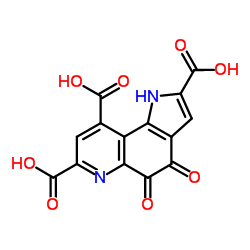 |
pyrroloquinoline quinone
CAS:72909-34-3 |
|
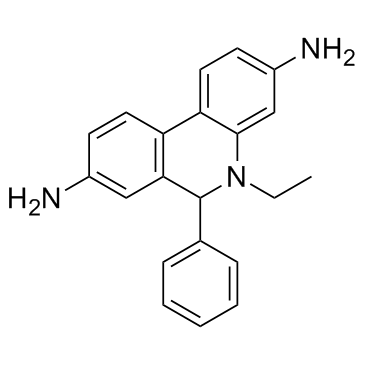 |
Dihydroethidium
CAS:104821-25-2 |